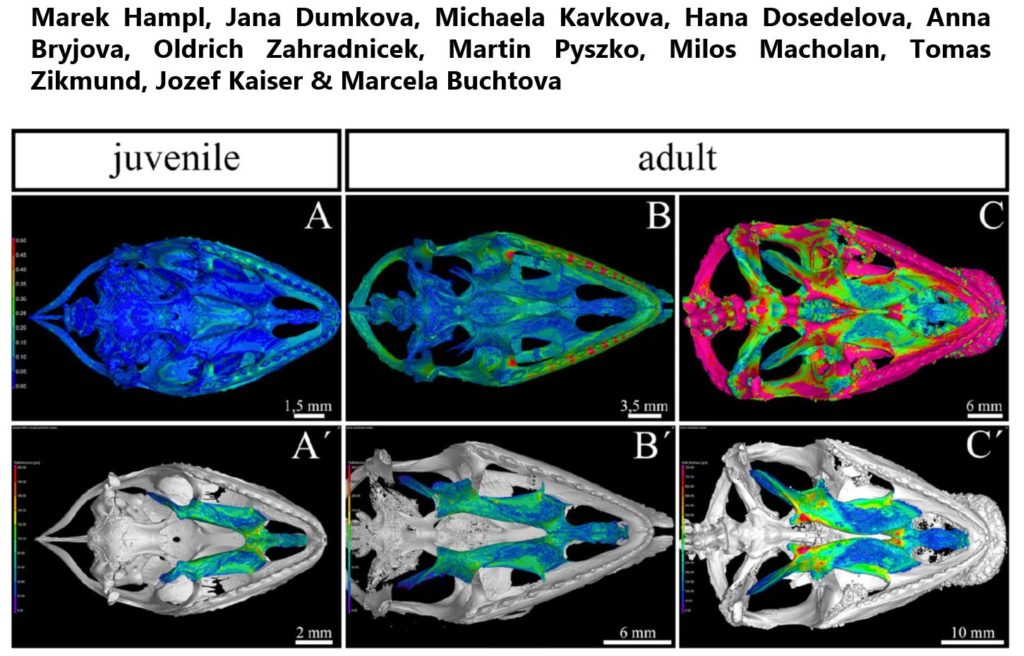
Polarized Sonic Hedgehog Protein Localization and a Shift in the Expression of Region-Specific Molecules Is Associated With the Secondary Palate Development in the Veiled Chameleon


The inhalation of metal (including lead) nanoparticles poses a real health issue to people and... Read More
Conducting polymers (CP) can be used as pH- and/or electro-responsive components in various bioapplications, for... Read More
Although the production of engineered nanoparticles increases our knowledge of toxicity and mechanisms of bioactivity... Read More
BACKGROUND: In mammals, odontogenesis is regulated by transient signaling centers known as enamel knots (EKs),... Read More
O‐methylation is an unusual sugar modification with a function that is not fully understood. Given... Read More
By: Eva Krkavcová, Jakub Kreisinger, Ludmila Hyánková, Pavel Hyršl, Veronika Javůrková Published in: Open Biology... Read More